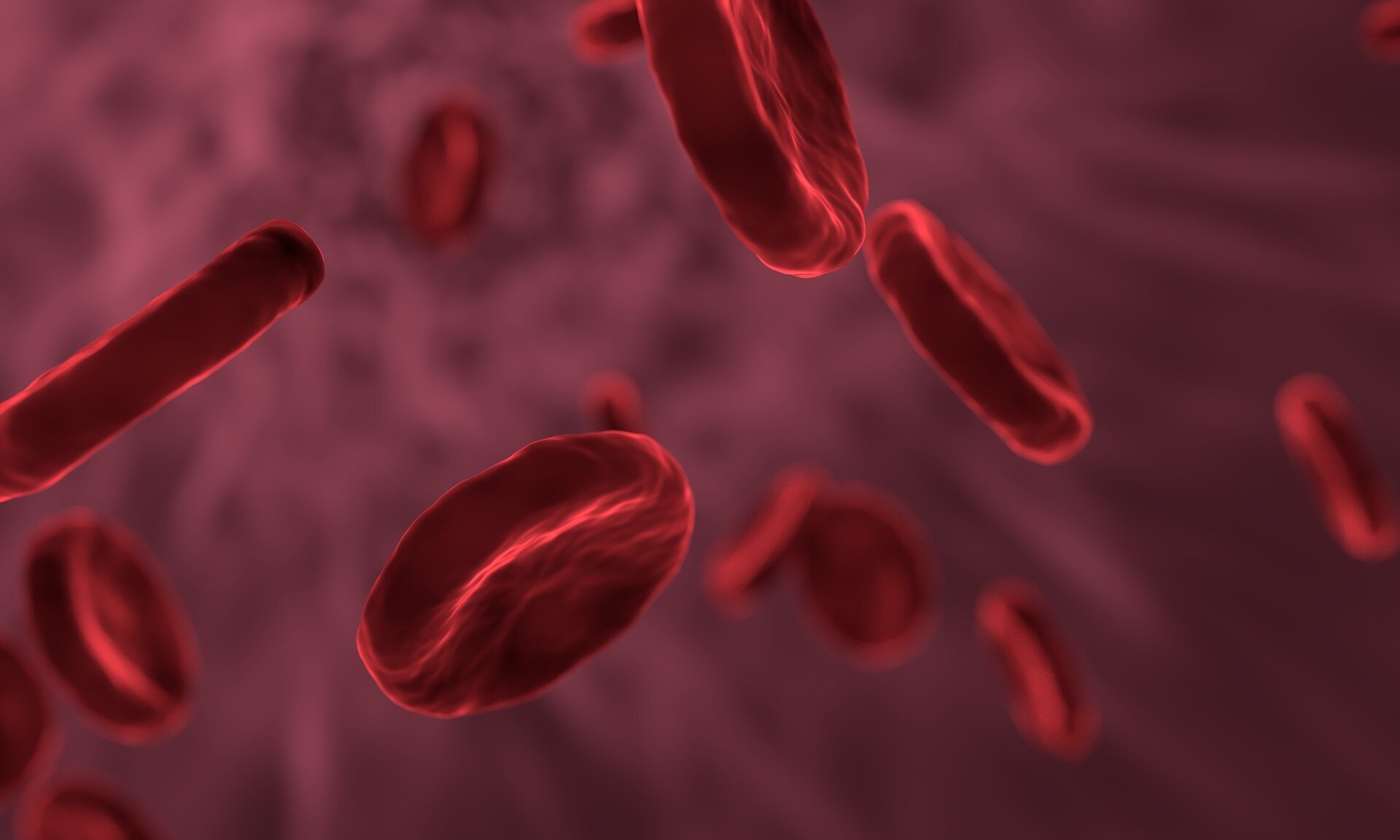
Researchers at Baylor College of Medicine, Stanford School of Medicine and collaborating institutions report today in the journal Nature that they have identified a molecule in the blood that is produced during exercise and can effectively reduce food intake and obesity in mice. The findings improve our understanding of the physiological processes that underlie the interplay between exercise and hunger.
“Regular exercise has been proven to help weight loss, regulate appetite and improve the metabolic profile, especially for people who are overweight and obese,” said co-corresponding author Dr. Yong Xu, professor of pediatrics—nutrition and molecular and cellular biology at Baylor. “If we can understand the mechanism by which exercise triggers these benefits, then we are closer to helping many people improve their health.”
“We wanted to understand how exercise works at the molecular level to be able to capture some of its benefits,” said co-corresponding author Jonathan Long, MD, assistant professor of pathology at Stanford Medicine and an Institute Scholar of Stanford ChEM-H (Chemistry, Engineering & Medicine for Human Health). “For example, older or frail people who cannot exercise enough, may one day benefit from taking a medication that can help slow down osteoporosis, heart disease or other conditions.”
Xu, Long and their colleagues conducted comprehensive analyses of blood plasma compounds from mice following intense treadmill running. The most significantly induced molecule was a modified amino acid called Lac-Phe. It is synthesized from lactate (a byproduct of strenuous exercise that is responsible for the burning sensation in muscles) and phenylalanine (an amino acid that is one of the building blocks of proteins).
In mice with diet-induced obesity (fed a high-fat diet), a high dose of Lac-Phe suppressed food intake by about 50% compared to control mice over a period of 12 hours without affecting their movement or energy expenditure. When administered to the mice for 10 days, Lac-Phe reduced cumulative food intake and body weight (owing to loss of body fat) and improved glucose tolerance.
The researchers also identified an enzyme called CNDP2 that is involved in the production of Lac-Phe and showed that mice lacking this enzyme did not lose as much weight on an exercise regime as a control group on the same exercise plan.
Interestingly, the team also found robust elevations in plasma Lac-Phe levels following physical activity in racehorses and humans. Data from a human exercise cohort showed that sprint exercise induced the most dramatic increase in plasma Lac-Phe, followed by resistance training and then endurance training. “This suggests that Lac-Phe is an ancient and conserved system that regulates feeding and is associated with physical activity in many animal species,” Long said.
Source: Read Full Article
